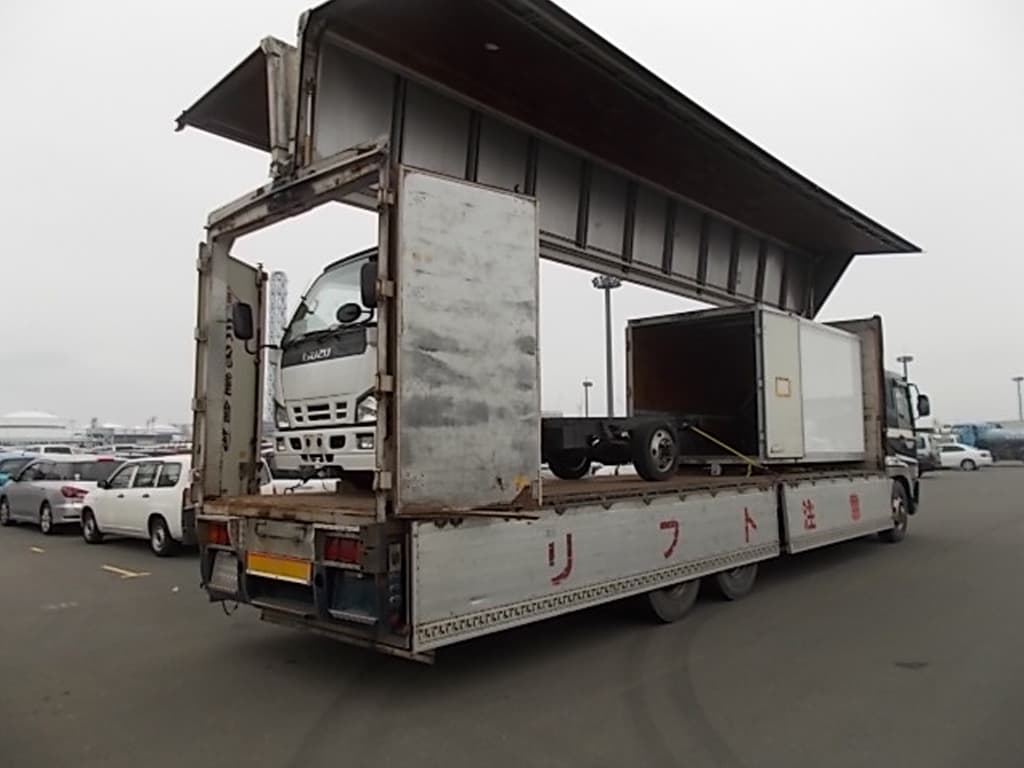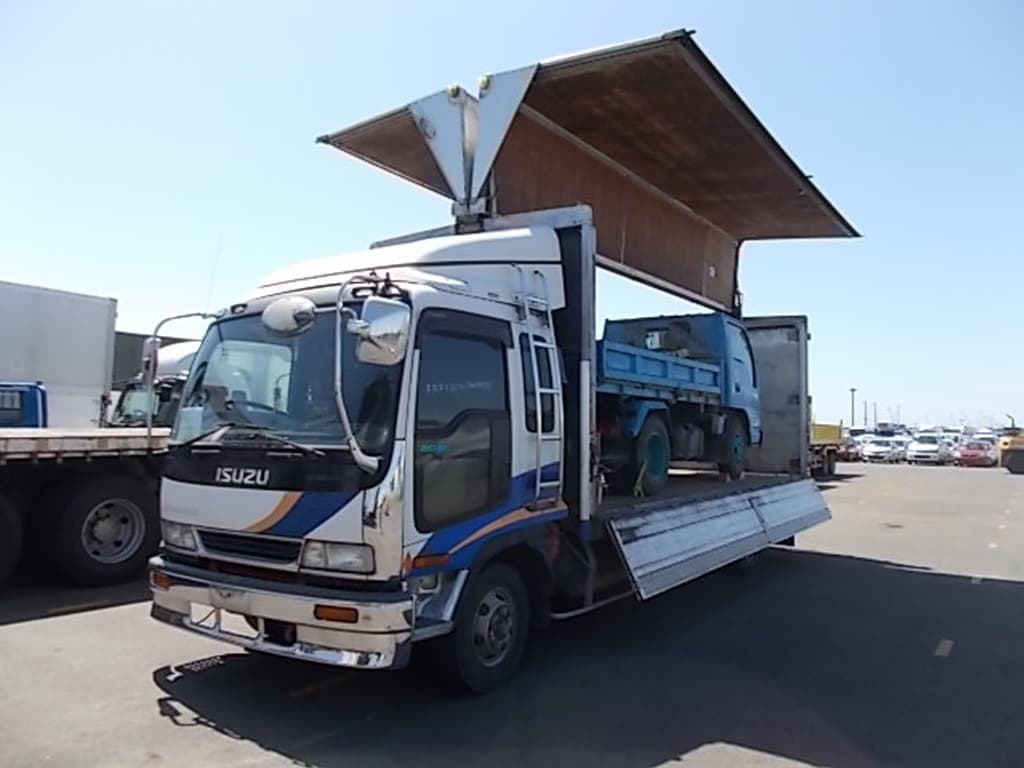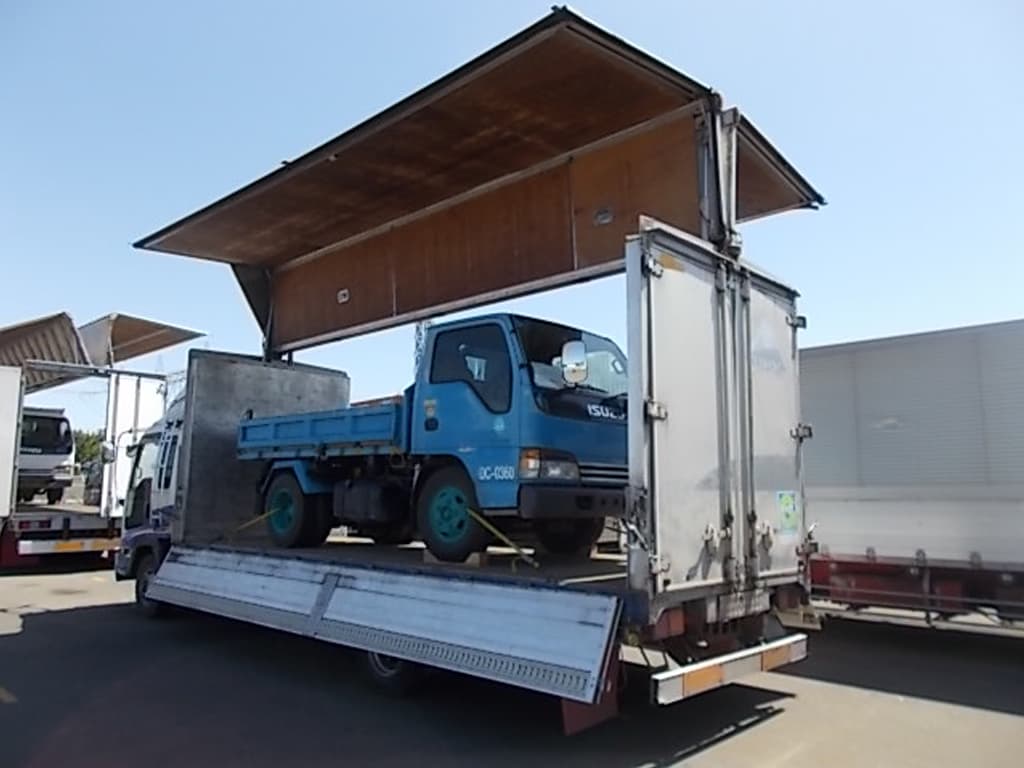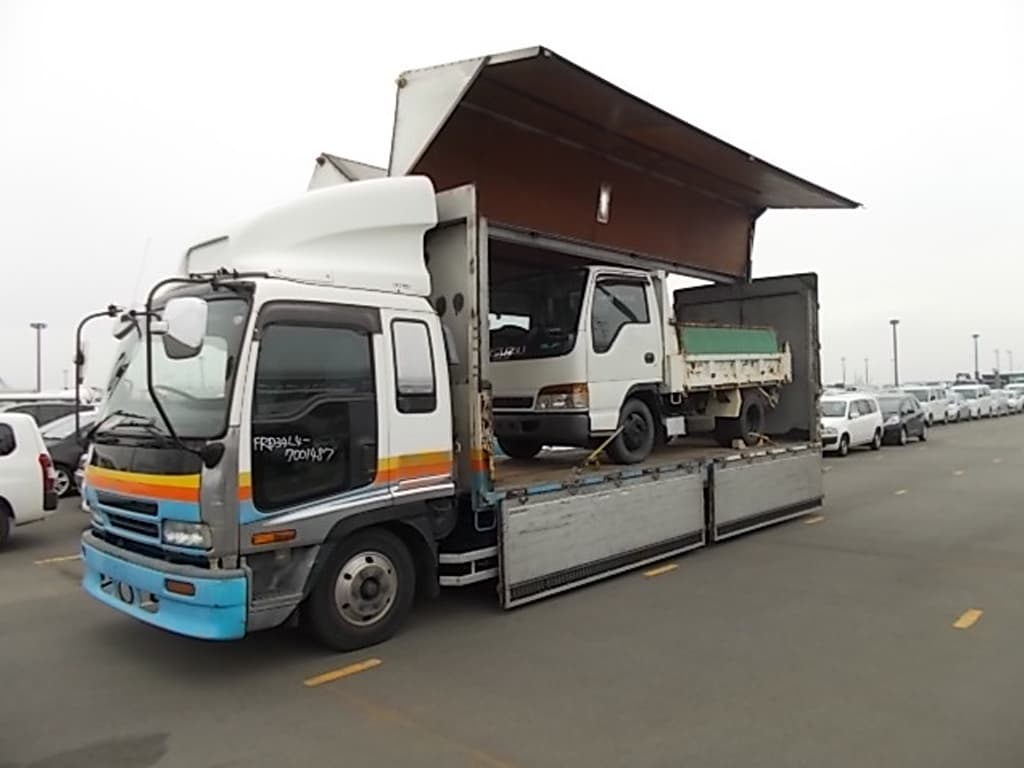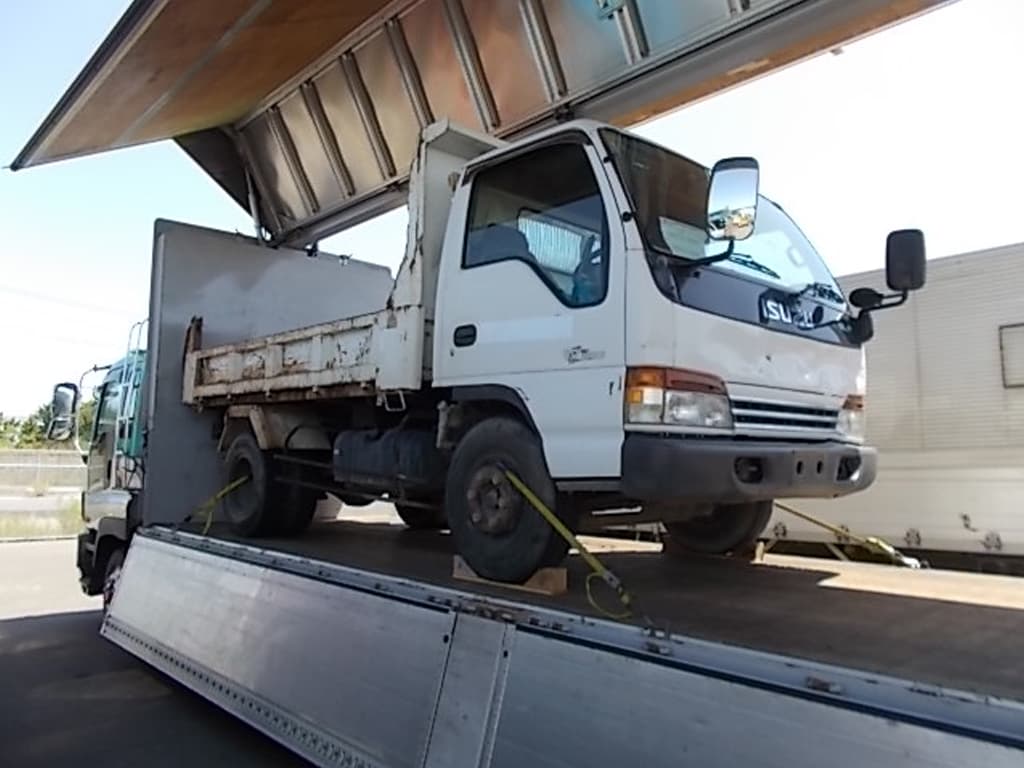You ever wonder why so many trucks in the Philippines… you know, the boxy Isuzus, the Hinos, the ones hauling sand, gravel, watermelons… have little stickers in Japanese still stuck to the dashboard?
Yeah, I used to wonder too.
So here’s the thing.
Philippines imports a lot of used trucks from Japan. Like… a lot-lot. And it’s not just because they look nice.
First reason? Money, of course.
A used truck in Japan, even after shipping and taxes, can still cost less than something brand new sitting in a Manila showroom. Second-hand, but not second-class — because Japan has this Shaken system, super strict vehicle inspections that make it expensive to keep older trucks. So people there sell them off, and they’re often still in great shape.
Also… Japan’s got too many trucks. Big companies cycle fleets fast. And those trucks? Already familiar brands in the Philippines. Isuzu. Hino. Fuso. Mechanics here know them inside out, and parts are everywhere.
Oh, and yeah — there’s the steering wheel thing. Japan’s right-hand drive. Philippines is left-hand drive. Doesn’t stop anyone. They just ship them in and flip the whole driving position over — dashboard, pedals, steering column — everything moved to the other side. Looks easy when you see the finished product, but trust me, it’s a whole surgery.
Now, here’s where it gets fun.
Most of these trucks? They don’t just roll on and roll off the ship like you’re picturing. Forget that clean RORO image in your head. In Japan, exporters… let’s call them artists… have figured out how to turn cubic meter-based freight charges into a playground.
I call it loading artistry.
Imagine Russian dolls. Big doll, smaller doll inside, even smaller one inside that.
Only here it’s a 10-ton wing body truck. And inside? Not just one, but two trailer heads. Or maybe two 4-ton dump trucks neatly tucked away in the cargo bay. From the outside, it’s just a 12-meter-long wing body truck. Inside, it’s a secret stash of extra wheels.
Or picture this:
A 10-ton flatbed with a concrete mixer truck riding piggyback.
Two wide-body container trailer heads with their cabins pulled off, slid sideways into a container, barely squeezing through the 2.32-meter door.
Risky? Sometimes. Smart? Always.
They measure, cut, lift, wedge — whatever it takes to make it fit and keep the M³ low. Because every centimeter shaved is yen saved.
So next time you see a truck rolling through Cebu or Davao or some dusty road in the provinces, maybe… maybe it wasn’t just one truck that came off that ship. Maybe it was part of a whole nested set, hidden in plain sight, smuggled past your eyes but perfectly legal.
It’s not just shipping. It’s… a kind of poetry. Metal poetry. With grease on its hands.
And here’s where FWT Logistics comes in.
From our yard in Ajigaura, right in the Kanto region, we provide this stacking and loading service for clients looking to export to the Philippines. We can handle the whole range of Philippine loading orders — all kinds, all carefully.
FWT Logistics Co., Ltd. Ajigaura Yard
https://maps.app.goo.gl/Cok4SeLhsY5oBjfC9
Also, bringing your cargo to Hitachinaka from Arai Auto Auction is safer than driving the vehicles down to Yokohama — height restrictions and traffic etc. make that a headache. FWT provides a safe, legal way to transport your vehicle from auction to our yard, load the truck in any combination you request, and ship it from Hitachinaka Port to Subic.
Want to make it happen? Get in touch with the FWT marketing team for more details.
FWT Logistics Contact us
https://fwt-logi.com/contact-us.php

